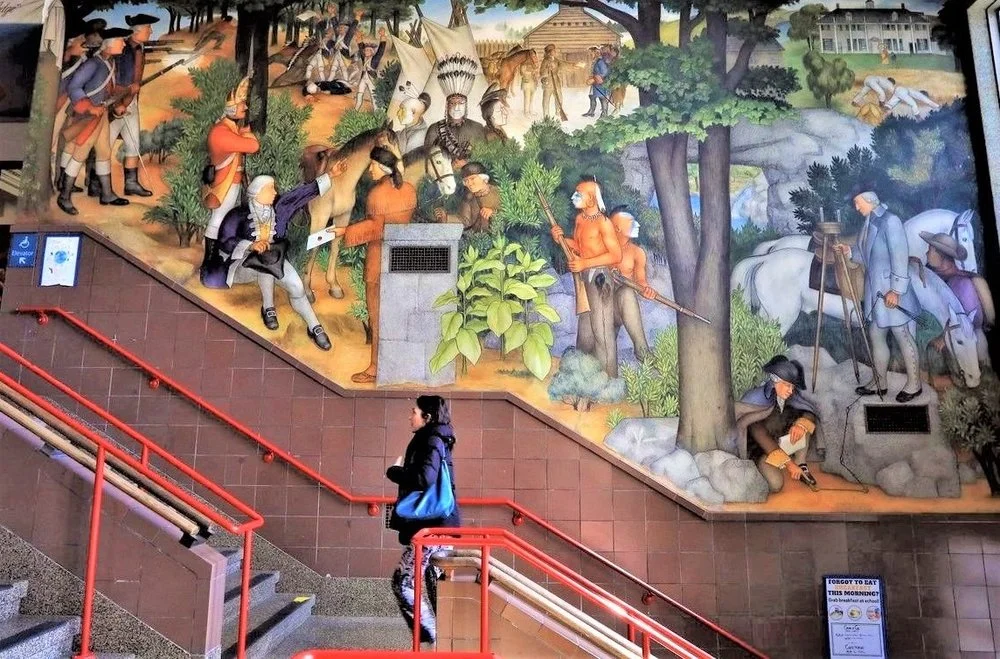'Decade of Fire' Reframes Facts of Relentless New York '70s South Bronx Fires
/Co-directors Vivian Vázquez Irizarry and Gretchen Hildebran join forces with producer Julia Steele Allen in reframing the 1970s story of New York’s South Bronx on fire. Their new documentary ‘Decade of Fire’ airs on PBS Independent Lens November 4.
Co-director Vázquez Irizarry sits at center of the film, retracing her Bronx childhood as one of living among burning apartment buildings and determined people undaunted by catastrophic events. Fire is front and center in American minds this week, with California burning. The national consciousness was never focused on the Bronx, once the scene of a classic American “movin’ on up” story.
The three women are all activists. Hollywood and Women interviewed Vivian Vázquez Irizarry and Gretchen Hildebran in April 2019, providing a consciousness-raising backdrop of the history and evolution of the documentary. Vázquez Irizarry explains:
The concept for this film began in 2002 as a curriculum for students at a South Bronx high school, where Julia and Vivian worked together. They noticed how young people in the Bronx carried its stigma, but had little access to its true history. This curriculum was rejected for being “too radical,” but began a dialogue which Vivian and Julia invited me to join, which began a 10-year journey of uncovering and shaping Vivian’s lived history into a compelling story that could reach a broad audience who have never had a chance to glimpse behind the stereotypes that have defined the South Bronx for the last 40 years.








